Results 10,151 to 10,160 of 12094
Thread: Anandtech News
-
12-18-19, 08:17 AM #10151
Anandtech: NVIDIA Details DRIVE AGX Orin: A Herculean Arm Automotive SoC For 2022
While NVIDIA’s SoC efforts haven’t gone entirely to plan since the company first started on them over a decade ago, NVIDIA has been able to find a niche that works in the automotive field. Backing the company’s powerful DRIVE hardware, these SoCs have become increasingly specialized as the DRIVE platform itself evolves to meet the needs of the slowly maturing market for the brains behind self-driving cars. And now, NVIDIA’s family of automotive SoCs is growing once again, with the formal unveiling of the Orin SoC.
More...
-
12-18-19, 10:25 AM #10152
Anandtech: Samsung Kicks Off Mass Production of AI Chip for Baidu: 260 TOPS at 150 W
Samsung Foundry and Baidu this week said that the companies were about to start mass production of an AI accelerator chip early in 2020. Baidu’s Kunlun chip is to be made using Samsung’s proven 14 nm process technology, and make use of the company’s Interposer-Cube 2.5D packaging structure.
The Baidu Kunlun AI accelerator is based on the company’s XPU neural processor architecture that uses thousands of small cores that can be used for a wide variety of applications in the cloud and on the edge of networks. The chip provides up to 260 Trillion operations per second (TOPS) at 150 Watts, and features 512 GB/s memory bandwidth using two HBM2 memory packages. It is noteworthy that when the SoC was introduced back in mid-2018, its TDP was described at falling in at 100 Watts, so it seems the final product missed the initial power consumption goals.
According to Baidu, its Kunlun chip is three times faster in the ERNIE (Enhanced Language Representation with Informative Entities) inference application than a traditional GPU or FPGA. In addition, it can be used for autonomous driving (assuming that its 150 W TDP can be mitigated), speech recognition, image processing, and deep learning.
The Kunlun is one of the first AI accelerator that uses I-Cube packaging and is made by Samsung Foundry. The 2.5D packaging uses an interposer and is expected to enable Samsung to build other accelerator chips that require high memory bandwidth, and therefore make use of their HBM2 memory offerings. In addition, the company is developing other advanced packaging solutions, including redistribution layers (RDL), as well as denser HBM packages.
Ryan Lee, vice president of foundry marketing at Samsung Electronics, said the following:
“Baidu Kunlun is an important milestone for Samsung Foundry as we are expanding our business area beyond mobile to datacenter applications by developing and mass-producing AI chips. Samsung will provide comprehensive foundry solutions from design support to cutting-edge manufacturing technologies, such as 5LPE, 4LPE, as well as 2.5D packaging.”Related Reading:
- Intel's Xeon Cascade Lake vs. NVIDIA Turing: An Analysis in AI
- AI On The Edge: New Flex Logix X1 Inference AI Chip For Fanless Designs
- The AI Race Expands: Qualcomm Reveals “Cloud AI 100” Family of Datacenter AI Inference Accelerators for 2020
- Hot Chips 31 Live Blogs: Xilinx Versal AI Engine
- Cambricon, Makers of Huawei's Kirin NPU IP, Build A Big AI Chip and PCIe Card
Source: Samsung
More...
-
12-18-19, 10:25 AM #10153
Anandtech: ECS to Unveil LIVA Z3 Plus & LIVA Z3E Plus UCFF PCs at CES: Intel’s 10th G
ECS this week disclosed plans to introduce new LIVA ultra-compact form-factor (UCFF) PCs based on Intel’s 10th Gen Core processors. Set to be fully unveiled at CES next month, the new LIVA Z3 Plus and LIVA Z3E Plus systems are designed to fit in the usual UCFF niches for regular office PCs, media streamers, digital signage players, and industrial applications.
As things stand, ECS’s LIVA Z3 Plus & LIVA Z3E Plus UCFF PCs will be among the most compact desktop computers based on Intel’s 10th Generation Core processors. The systems will belong to the company’s Premium LIVA series, offering advanced features like Wi-Fi 6, USB Type-C, and out-of-box Amazon Alexa assistant support. Furthermore, the larger LIVA Z3E Plus will have two COM ports.
In addition to higher-end LIVA Z3 Plus & LIVA Z3E Plus computers, ECS also plans to introduce special-purpose 0.6-liter to 1.6-liter LIVA systems. The upcoming LIVA Q1L, Q1D, and DH310 are expected to feature an integrated 4G/LTE modem, two GbE ports, and multiple display outputs.
Last but not least, ECS also intends to reveal its first LIVA-branded all-in-one PCs at CES trade show in January. The company yet has to disclose specifications of these systems and the only thing that the company tells us right now is that its LIVA AIO PCs will be aimed at both the consumer and commercial markets.
Related Reading:
- ECS Announces LIVA Z2 and LIVA Z2V Mini PCs
- ECS at CES 2018: LIVA Z2, LIVA Q2 & LIVA One SoC Gemini Lake-Based UCFF PCs
- ECS Adds LIVA Q to Lineup: a 5 Oz Apollo Lake Nettop with HDMI 2.0 for Consumers
Source: ECS
More...
-
12-18-19, 02:44 PM #10154
Anandtech: Amazon, Apple, Google, Zigbee Alliance to Develop Connectivity Standard fo
Smart home devices have been around for many years, but have never become very widespread to a large degree. One of the reasons for this is likely the incompatibility between different wireless interconnection standards and technologies, limiting widespread adoption. Things are set to change, as several leading high-tech companies from the US have agreed to develop a royalty-free connectivity standard for smart home devices. The new technology will put an end to the standards war in the smart home space, and will make devices more attractive eventually.
Nowadays, smart home hardware uses various communication protocols, including Wi-Fi, Zigbee, and Z-Wave. The devices are also controlled using different apps and voice services. Usage of incompatible technologies greatly slows down their adoption by end users as well as the development of infrastructure. This week Amazon, Apple, Google, IKEA, Legrand, NXP Semiconductors, Resideo, Samsung SmartThings, Schneider Electric, Signify (formerly Philips Lighting), Silicon Labs, Somfy, and Wulian joined forces to form the Connected Home over IP framework.
The new standard is designed to facilitate communication between smart home devices, apps, cloud services, and to outline a set of IP-based networking protocols for hardware certification. Ultimately, this will simplify development of smart home devices for manufacturers, and improve compatibility for consumers.
The Connected Home over IP project will have multiple layers. On the hardware side of things, the companies will work on a unified open-source interconnection protocol using contributions from market-tested technologies. This protocol is not supposed to eliminate the existing ones, but complement them, which will allow owners of existing devices to add new hardware to their homes without problems.
On the software and services side of matters, the companies will work to ensure that all devices are supported by cloud and voice services, including Amazon’s Alexa, Apple’s Siri, Google’s Assistant, and others. Essentially, this may mean that smart home devices will have to support the same control protocol (which will be complementing existing protocols).
The Connected Home over IP project is in an early stage of development, and it remains to be seen when the first devices supporting the new standard will be emerging in the market.
Related Reading:
- Silicon Labs to Acquire Sigma Designs, Get Z-Wave IP
- NVIDIA Launches SHIELD TV: Smart Home Functionality, More 4K HDR Streaming Services
- Qualcomm Announces Mesh Networking Wi-Fi Router Reference Design with IoT Functionality
- Securifi's Almond+ 802.11ac Touchscreen Wi-Fi Router Integrates ZigBee and Z-Wave
Source: Press Release
More...
-
12-18-19, 02:44 PM #10155
Anandtech: Kensington’s SD5500T TB3/USB-C Hybrid Docking Station: Titan Ridge Inside
Kensington has introduced its new Thunderbolt 3 dock that is guaranteed to work with all USB Type-C hosts. The SD5500T docking station has nine popular ports, which woukd be sufficient for most home and office users who do not use exotic hardware.
Most of Thunderbolt 3 docks released to date are based on Intel’s Alpine Ridge controller that may not work with all USB Type-C hosts. By contrast, the SD5500T TB3/USB-C hybrid docking station (and some other docks) is powered by Intel’s Titan Ridge controller that was designed to work both with all Thunderbolt 3, and all USB Type-C hosts (albeit at respective data transfer rates). In addition, Kensington’s SD5500T is compatible both with Apple macOS 10.14 (and higher) and Microsoft Windows 10 PCs.
Kensington’s SD5500T Thunderbolt 3/USB-C hybrid dock has three USB 3.1 Gen 2 Type-A ports, two USB 3.1 Gen 2 Type-C connectors (in addition to the main TB3/USB-C connector), a GbE adapter, two DisplayPort outputs (supporting two 4Kp60 monitors), and a 3.5-mm audio jack for headsets. Meanwhile, the main connector can deliver up to 60 W to the host, which is enough for 13.3-inch notebooks.
Kensington’s SD5500T TB3/USB-C hybrid docking station is now available directly from the company for $259.99. The price is on the high side, however considering the fact that the manufacturer guarantees broad compatibility with a wide range of PCs, it makes sense for companies with large fleets of PCs as well as individuals who want to ensure seamless operation with various PCs.
Related Reading:
- OWC’s Intros Thunderbolt 3 Pro Dock with 10 GbE, USB 3.0, eSATA, Card Readers & More
- OWC Announces 14-in-1 Thunderbolt 3 Dock: Now with microSD, 85 W Power Delivery
- Corsair Launches Elgato Thunderbolt 3 Mini Dock
- StarTech Launches ‘Affordable’ Thunderbolt 3 ‘Mini Docks’: USB-A, GbE, DP or HDMI
- StarTech Launches Thunderbolt 3 USB Hub with 3 USB 3.1 Controllers & Power Delivery
Source: Kensington
More...
-
12-19-19, 09:26 AM #10156
Anandtech: Micron Obtains License to Sell DRAM & NAND to Huawei
The inclusion of Huawei into the U.S. Department of Commerce’s Entity List and consequent restrictions to work with the Chinese giant clearly made it much harder for the U.S.-based companies to conduct business with Huawei. Yet, it did not make it completely impossible as companies could apply for special licenses. Despite over 160 companies applying for licenses, it has taken a long time for them to be issued. We saw Huawei's notebooks recently come back to the Microsoft store, and yesterday during an call, Micron announced it is one of the first U.S. companies to recently obtain the required licenses, and they can resume selling various types of products to Huawei.
Because of the Export Administration Regulations and Entity List restrictions imposed on Huawei, companies that develop and make products in the U.S. could no longer sell them to Huawei. As a consequence, companies like Intel, Google, Microsoft, Micron, and many others had to stop working with their Chinese partner, which had a drastic impact on their business as the Chinese telecom giant is clearly a major customer buying a large number of hardware and software products.
Micron was allowed to sell and support some of its products to Huawei, but it was forbidden to supply Huawei with new products or sign new sales agreements. In the recent weeks the company obtained a license from the U.S. administration to qualify and sell new products (e.g., DRAM modules/chips, SSDs, 3D NAND memory, etc.) with Huawei’s mobile and server business units. Meanwhile, since new sales agreements take months to complete, Micron does not expect the licenses to have an impact on its sales in upcoming quarters.
Earlier this year Google and Microsoft were allowed to support existing Huawei devices running Android and Windows. Furthermore, Huawei recently launched new laptops based on CPUs from AMD and Intel as well as running Windows 10. There were reports that Huawei obtained processors from third-party resellers, but it was unclear whether this was the case with software licenses. In any case, it is important that at least some of the U.S.-based companies can now resume their work with Huawei officially.
The statement from Micron reads as follows:
As previously disclosed, we are continuing to ship some products to Huawei that are not subject to Export Administration Regulations and Entity List restrictions. We applied for, and recently received, all requested licenses that enable us to provide support for these products, as well as qualify new products for Huawei’s mobile and server businesses. Additionally, these licenses allow us to ship previously restricted products that we manufacture in the United States, which represent a very small portion of our sales. However, there are still some products outside of the mobile and server markets that we are unable to sell to Huawei.Receiving the licenses is a positive development, and we are thankful to the U.S. administration for approving these licenses.Related Reading:
Prior to receiving these licenses, Entity List restrictions severely limited our ability to qualify new products at Huawei. Although we are now able to qualify new products with Huawei’s mobile and server businesses, it will take some time before the qualifications are completed and contribute to revenue. Consequently, we do not expect these licenses to have a material impact on our revenue in the next couple of quarters.
- Huawei CEO Richard Yu Q&A: “Politicians are Playing Games”
- Intel and Microsoft to Continue Supporting Existing Huawei Notebooks
- Huawei Clarifies Android Update Situation, Commits to Android Q for Last 2 Generations
- NAND Flash Revenue Peaks in Q3 Amid Production Cuts & Outages
- Micron: 128-Layer 4th 3D NAND with RG Architecture Coming Soon
- Micron: Mass Production of 16 Gb DDR4 & LPDDR4X Chips Using 1z nm Technology
- Micron’s DRAM Update: More Capacity, Four More 10nm-Class Nodes, EUV, 64 GB DIMMs
Source: Micron
More...
-
12-19-19, 09:26 AM #10157
Anandtech: The ASRock X570 Aqua: A $1000 Ryzen Halo Motherboard Reviewed
One of the most important aspects surrounding performance on AMD's Ryzen 3000 series is temperature. It is no secret that the AMD 7nm chips run somewhat warmer than previous generations, but the unique ASRock X570 Aqua looks to shake things up. The ASRock X570 Aqua features a full-cover aluminium water block cooling the power delivery, CPU socket, and the X570 chipset all at once, and can be integrated into custom water cooling loops. There are plenty of promises made with this super halo product, and so we've put it through our testing.
More...
-
12-19-19, 03:32 PM #10158
Anandtech: 280 Hz Fast: ASUS Releases TUF Gaming VG279QM IPS Monitor w/ 280 Hz
ASUS has started sales of its yet unannounced TUF Gaming VG279QM display in China. The new monitor features a maximum refresh rate of 280 Hz along with a dynamic refresh rate technology and is designed for gamers seeking maximum performance.
The ASUS TUF Gaming VG279QM display uses an 8-bit ‘fast IPS’ 27-inch panel from AU Optronics that features a Full-HD resolution and a native refresh rate of 240 Hz that is overclocked to 280 Hz. Other characteristics of the monitor are in line with specifications of the panel: 400 nits brightness, a 1000:1 contrast ratio, 178°/178° viewing angles, and a 1 ms response time.
Since the monitor is designed for gamers, it does not come as a surprise that it supports NVIDIA’s G-Sync and VESA’s Adaptive-Sync variable refresh rate technologies. (We expect it to support AMD’s FreeSync, but so far it has not been formally qualified.) The monitor also support ASUS’s extreme low motion blur (ELMB) technology. Interestingly, the monitor promises to support something called ELMB Sync, which probably is simultaneous work of ELMB and a VRR technology. The display is also DisplayHDR 400-certified, but do not expect any meaningful HDR experience given the peak luminance of only 400 nits.
The TUF VG279QM display comes with a stand that can adjust height, tilt, swivel, and can even work in portrait mode. As for connectivity, the monitor has a DisplayPort 1.2 and two HDMI 2.0 connectors. In addition, unlike most TUF-branded hardware from ASUS, the VG279QM supports Aura Sync RGB lighting.
At present, the TUF Gaming VG279QM is available in China for ¥3699 and it is unclear when the device is set to hit Europe and the US and how much it is expected to cost. Keeping in mind that at present this display is the only monitor feature a 280 Hz maximum refresh rate on the market, ASUS should be interested in bringing it to markets other than China as soon as possible. On the other hand, it is possible that ASUS will offer the TUF VG279QM under a different brand in other countries given its premium feature set.The ASUS TUF Gaming LCD w/280 Hz Refresh Rate TUF VG279QM Panel 27-inch class IPS Native Resolution 1920 × 1080 Maximum Refresh Rate 240 Hz Dynamic Refresh Technology NVIDIA G-Sync
VESA Adaptive SyncRange ? Brightness 400 cd/m² Contrast 1000:1 Viewing Angles 178°/178° horizontal/vertical Response Time 1 ms Pixel Pitch ~0.27675 mm² Pixel Density ~82 PPI Color Gamut Support 99% sRGB Inputs 1×DP 1.2
2×HDMI 2.0Audio - Stand Height: +/- 130 mm
Tilt: +33° ~ -5°
Swivel: +/- 90°
Pivot: +/- 90°Warranty ? years Launch Price in China ¥3699
Related Reading:
- Supersonic: ViewSonic’s Elite XG270 240 Hz IPS Monitor w/ VRR & HDR
- Need for Speed: The LG UltraGear (27GN750) 240 Hz IPS Monitor with G-Sync
- Fast & Furious: The Alienware 27 (AW2720HF) 240 Hz IPS Monitor with FreeSync
- HP's Omen X 27: A 240Hz QHD Monitor with FreeSync 2 HDR
- It Hurtz a Lot: ASUS's New 300 Hz Laptops
- Blink Quickly: Acer’s Predator Triton 500 Gets a 300 Hz Display
Sources: TFT Central, Taobao
More...
-
12-20-19, 01:59 PM #10159
Anandtech: LG Reveals 31.5-Inch UltraFine Ergo 4K Monitor with Ergonomic Arm
LG has announced its new 31.5-inch UltraFine Ergo 4K display, the largest in the UltraFine family to date. Living up to its name, the Ergo monitor has an innovative ergonomic arm that provides far more flexibility than any other stand that comes with LCDs, affording some new opportunities to free up space on the desktop.
The new LG UltraFine Ergo display model 32UN880 uses a 31.5-inch IPS panel with a 3840×2160 resolution, offering a maximum brightness of 350 nits, a 1000:1 contrast ratio, a 60 Hz refresh rate, a 5 ms response time, and the usual 178°/178° horizontal/vertical viewing angles.
Traditionally for LG’s UltraFine LCDs — which are developed primarily for professional customers seeking for accurate colors — the new monitors can display 1.07 billion of colors and cover 95% of the DCI-P3 color gamut. Unfortunately, we have no idea whether the devices support any other color spaces. Typically, LG’s UltraFine monitors only support DCI-P3, which makes them a great fit for Macs, but a suboptimal choice for Windows-based PCs.
Meanwhile, what is a bit unusual about the LG UltraFine Ergo is that it supports AMD’s FreeSync variable refresh rate technology, a feature that's mostly used for gaming. HDR10 is also supported here, conferring a basic level of HDR support. Though given the peak luminance of the LCD, it is hard to expect the monitor to provide a meaningful HDR experience.
The key selling point of the LG UltraFine Ergo display is of course its full motion arm. The base of the arm uses a C-clamp, which allows it to be attached to almost any working surface. The arm itself can adjust not only the height, tilt, or swivel of the monitor, but also its distance to the viewer. In fact the arm is fairly long overall, which is quite different from what we normally see with standard displays.
With regards to connectivity,, the new LG UltraFine Ergo is different than other monitors in the family. The upcoming unit does not have a Thunderbolt 3 port, but instead sports one DisplayPort input, two HDMI ports, and one USB Type-C input. It also comes with a dual-port USB hub, though not built-in speakers or a headphone jack.
LG’s 31.5-inch UltraFine Ergo monitor will be available sometimes in 2020, but its price remains to be seen.LG's 2019 UltraFine Displays LG UltraFine 4K LG UltraFine 5K LG UltraFine Ergo Panel 23.7" IPS 27" IPS 31.5" IPS Native Resolution 3840 x 2160 5120 x 2880 3840 x 2160 Refresh Rate 60 Hz Variable Refresh Rate - AMD FreeSync Brightness 500 cd/m² 350 cd/m² Color Gamut Display P3 DCI-P3 Color Depth 8 bit (?) 10 bit (?) ? HDR - HDR10 Response Time ? ? 5 ms Viewing Angles 178°/178° horizontal/vertical Inputs Thunderbolt 3 or USB-C 1 × DisplayPort
2 × HDMI
1 × USB-3USB Hub 3 × 5Gbps USB-C 2 × USB Audio Stereo speakers Stereo speakers
Microphone- Webcam - Integrated - Stand Adjustable stand Adjustable arm with C-clamp
Extend/Retract
Tilt
Swivel
PivotPower Delivery 85 W 94 W ? Price $699.95 $1,299.95 ?
Related Reading:
- LG Unveils New UltraFine 4K & 5K Monitors: Now with iPad Pro Support
- LG Introduces New UltraFine 4K and 5K Monitors
- LG Unveils 43UN700 Monitor: 42.5-Inch 4K w/ HDR10 for Work & Gaming
- Need for Speed: The LG UltraGear (27GN750) 240 Hz IPS Monitor with G-Sync
Source: LG
More...
-
12-20-19, 01:59 PM #10160
Anandtech: FSP to Demonstrate T-Wings 2-in-1 Chassis at CES: Two Semi-Open PCs in One
FSP is a relatively new player in the market for retail PC chassis, so it often goes to great lenghts to attract the attention of enthusiasts and build up its reputation as a maker of leading-edge products. To that end, at the upcoming CES trade show in early January, FSP plans to showcase a rather unique semi open chassis that can house two PCs.
Many streamers nowadays use two computers simultaneously in a bid to ensure the quality of their streams: one to play a game, another to capture the video and broadcast it over the Internet. To meet demands of such customers, a few case makers — most notably Corsair and Phanteks — have released giant full tower chassis that can house an EATX and a Mini-ITX system.
FSP apparently wants to address the same market segment, but with a semi-open chassis. The FSP T-Wings 2-in-1 not only accommodates two high-end PCs, but also catches the eye with its design featuring two ‘wings’, tempered glass, and golden inlays. The semi-open chassis concept is a relatively new trend case designs and modifications, as these types of PC cases have only been available from a few manufacturers. To that end, FSP’s dual-system semi-open box essentially combines style and ultimate expandability in a never before seen package.
So far, FSP has only released a teaser image of its T-Wings 2-in-1 chassis, so it is impossible to tell anything about its internal structure or efficiency. Also, there is no word about pricing or availability of the box. The only thing that the company has said is that it will demonstrate a liquid-cooled semi-open dual-system PC built by a well-known modder at CES.
Related Reading:
- More Glass: New FSP CMT330 and CMT520 Gaming PC Cases
- InWin’s Signature Y?ng: A $4000 PC Case Designed by Customers
- CES 2019: $900 InWin 928 Chassis for Intel's 28-Core Xeon W-3175X
- CES 2019: Liquid Cooled Power Supplies from FSP, up to 1200W
- FSP Readies Cannon: a 2000 W PSU for Mining and Extreme Desktops
Source: FSP
More...
Thread Information
Users Browsing this Thread
There are currently 21 users browsing this thread. (0 members and 21 guests)




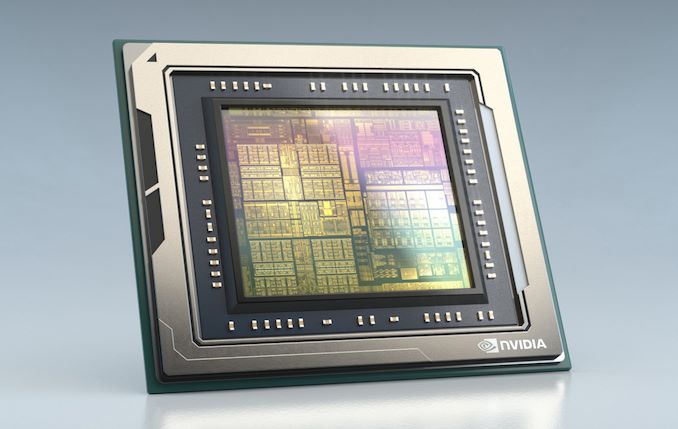

 Quote
Quote
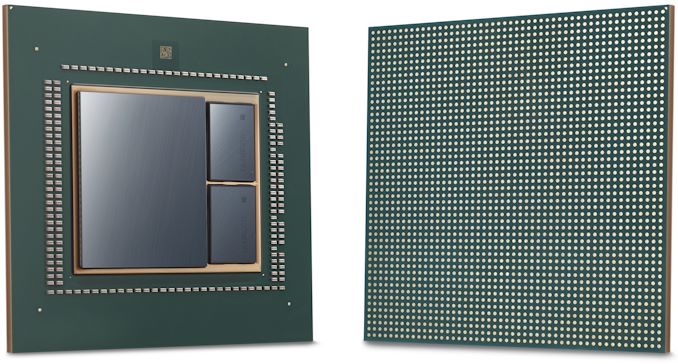
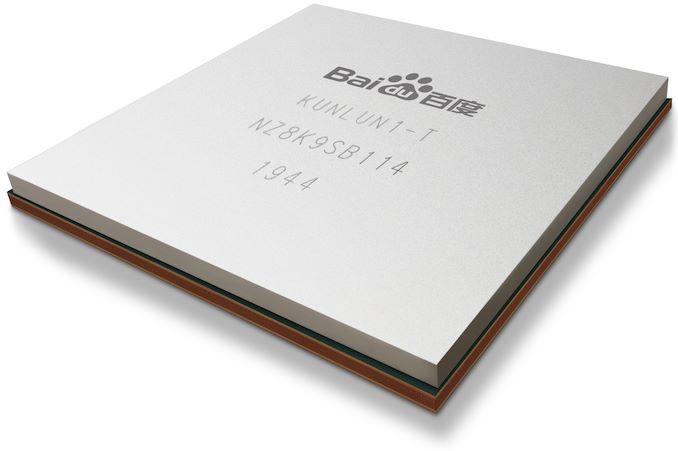
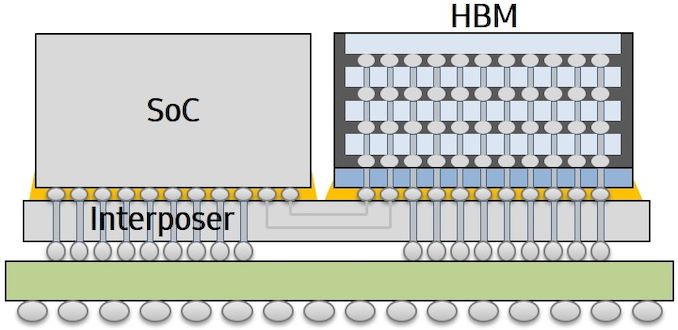


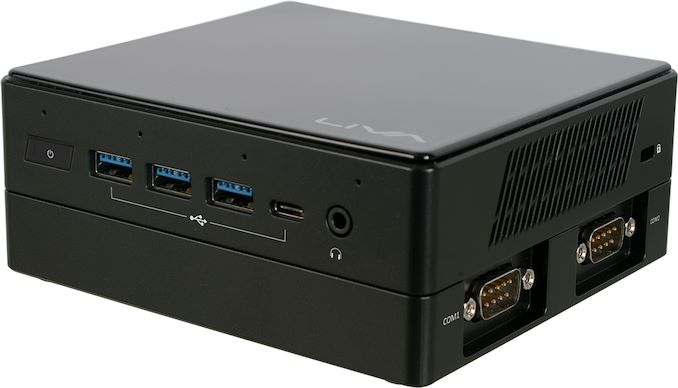


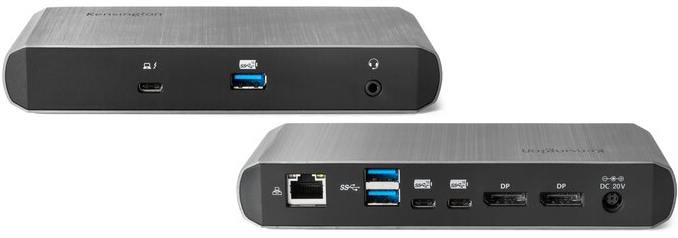
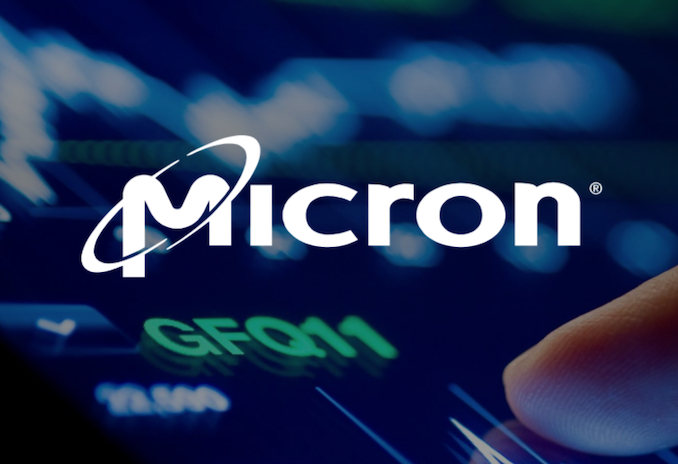
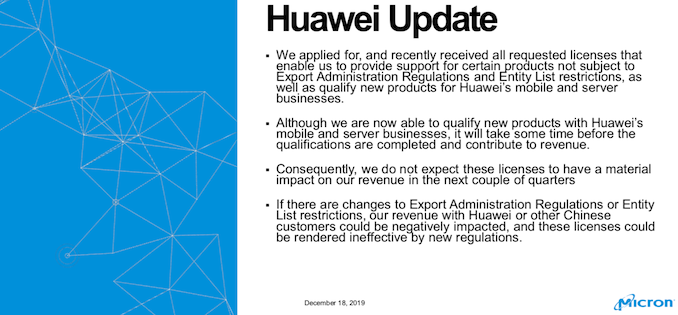
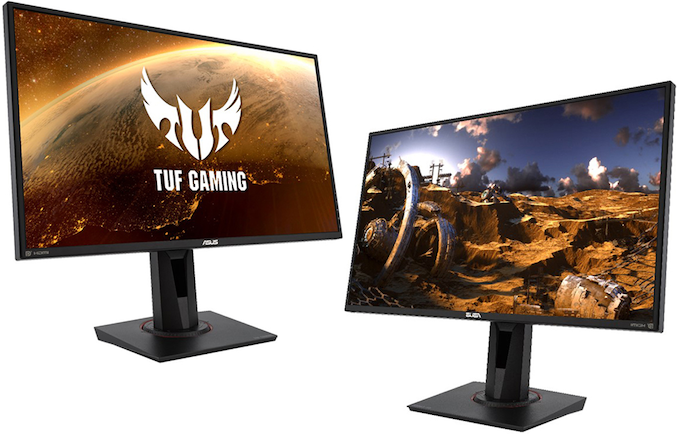
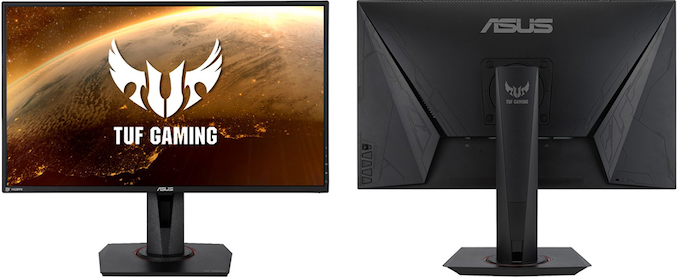
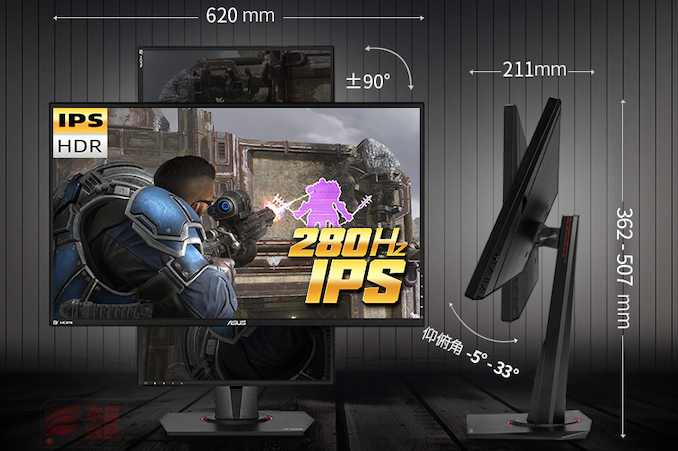
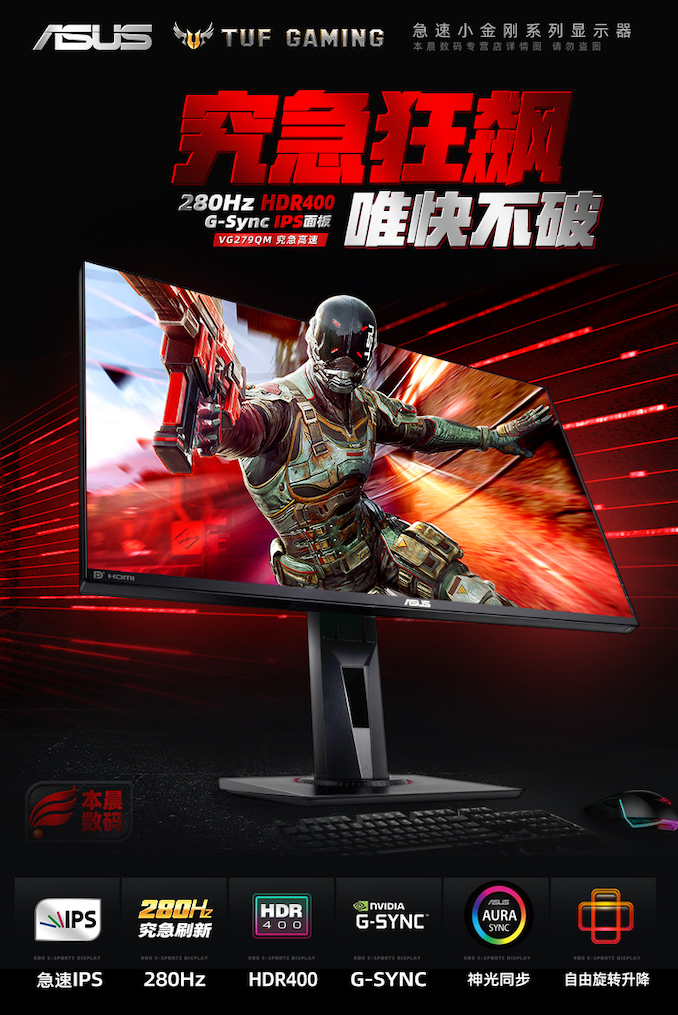

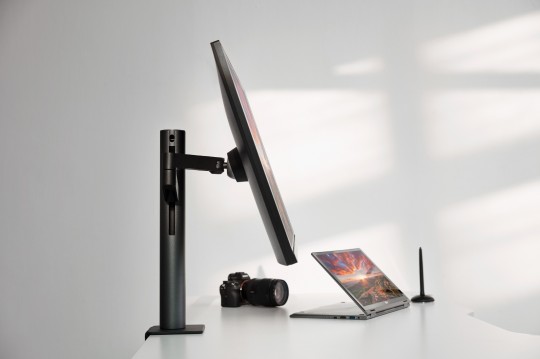


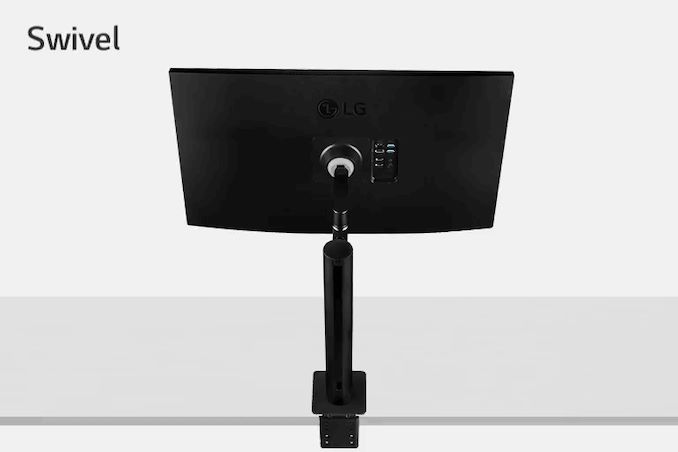
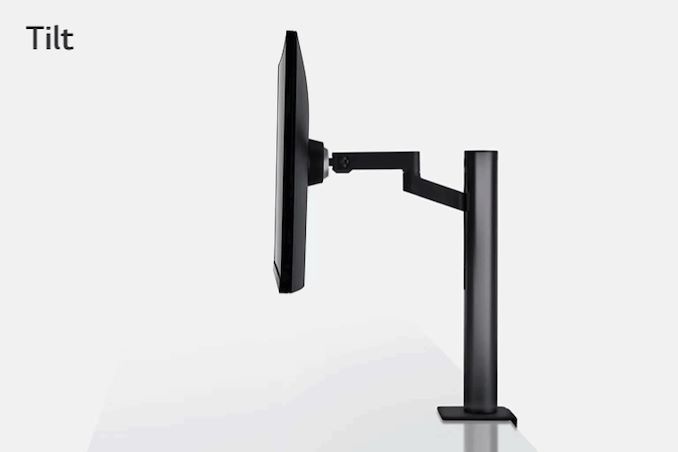
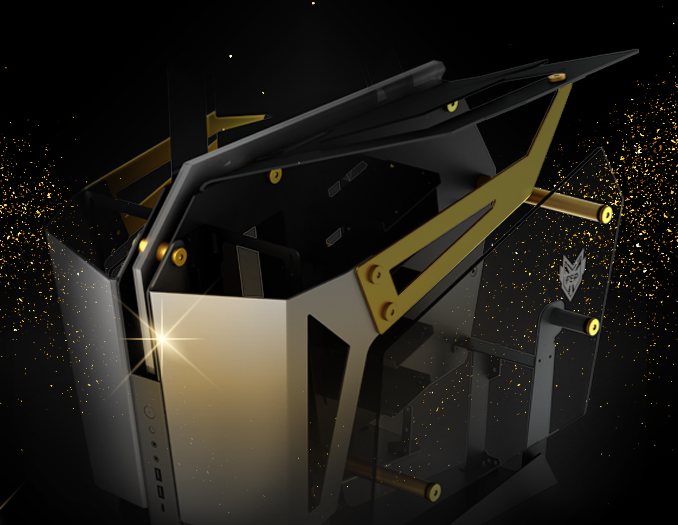

















Bookmarks